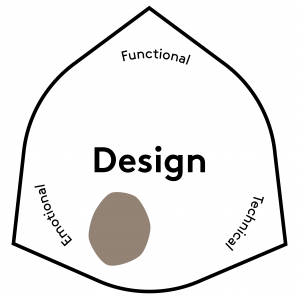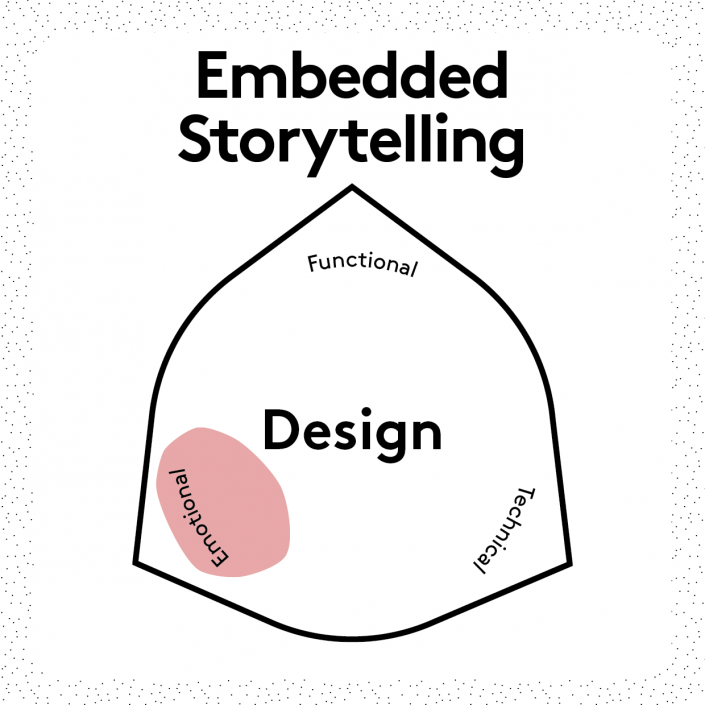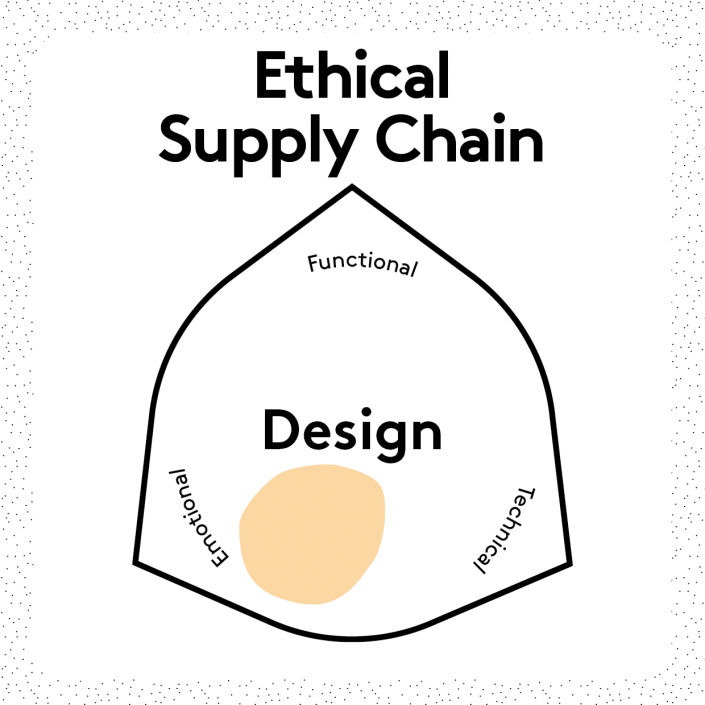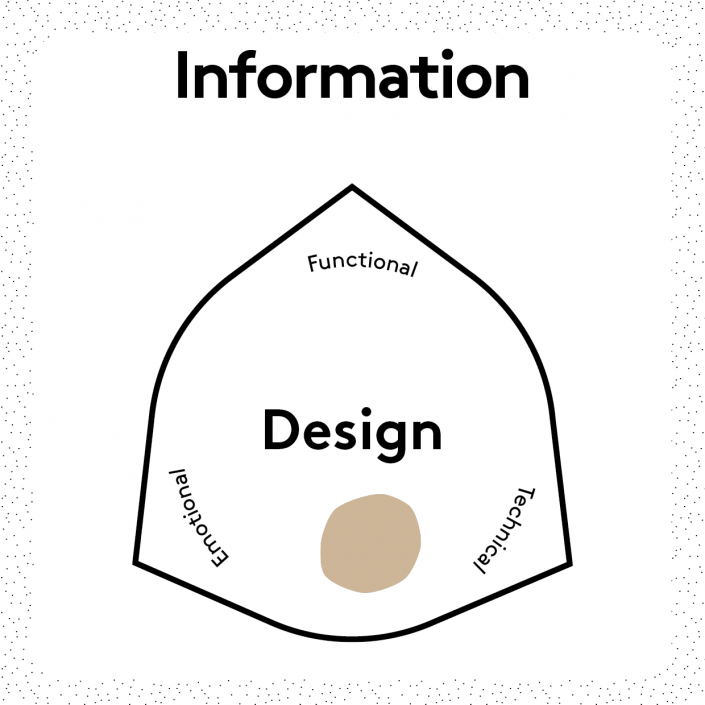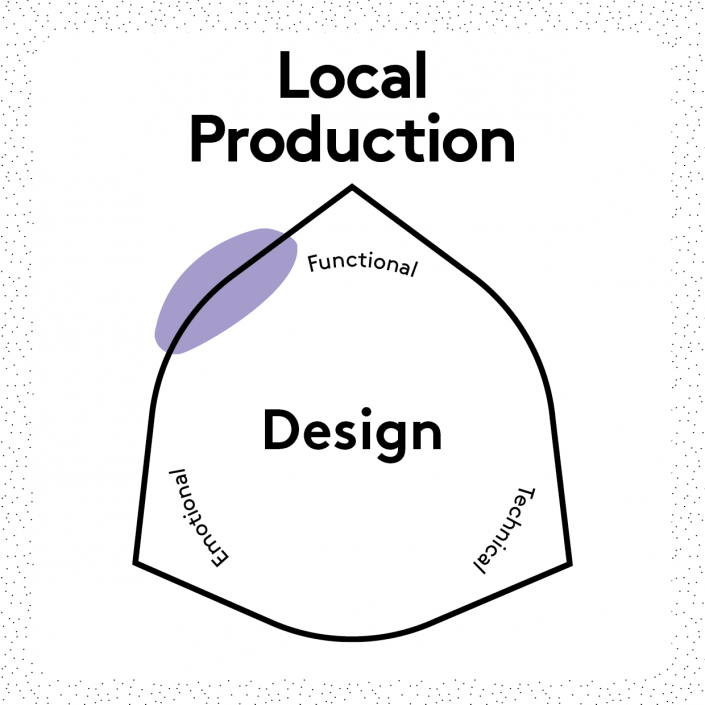What?
Visible markers supporting transparency and informing the user about a product’s development, manufacturing and potential former use.
Why?
Visible and honest product characteristics can support emotional attachment between the product and the user.
Challenges
The selection, by the company, of what information should be made visible can generate biases and challenge the overall credibility of the strategy.
Examples
- TAKT provides extensive insights into its furniture’ fabrication process, from the the origin of the materials to the design and flatpack shipping.
- The Wild Concept as the story of fur design based on fur bought from local hunters, by Marita Huurinainen.
- The company, Lovia Collection work with a ‘product DNA‘ to demonstrate the complexity of the fashion industry and to provide transparency in the supply chain.
Further Reading
Binotto & Payne (2017). The Poetics of Waste: Contemporary Fashion Practice in the Context of Wastefulness. Fashion Practice, 9(1), 5-29.
Clark (2008). SLOW + FASHION—an Oxymoron—or a Promise for the Future …?. Fashion Theory, 12, 427-446.
Magnier et al. (2017). Using Proximity in Sustainable Product Design. Design Management Academy Conference, Hong-Kong.

